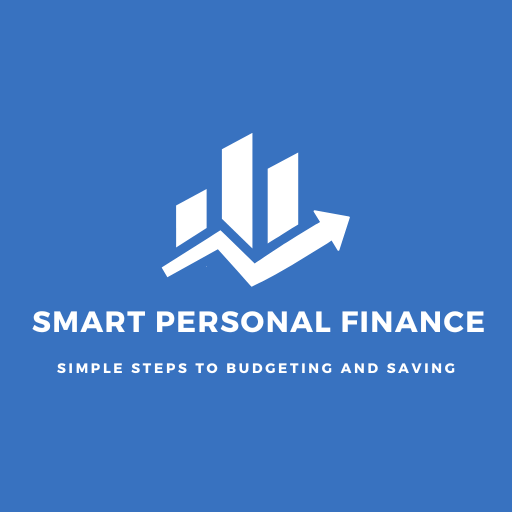Struggling with debt while trying to build savings can feel like a never-ending financial tug-of-war. It’s a common challenge many individuals face, often leaving them wondering how to strike the right balance between paying off debt and saving for the future. The key lies in creating a strategic plan that addresses both goals simultaneously, ensuring that you’re making progress without compromising your financial well-being. Here’s a practical guide to help you navigate this financial tightrope.
First, it’s crucial to understand your debt and savings landscape. Make a list of all your debts, noting the type (credit cards, student loans, personal loans, etc.), balance due, and interest rates. Alongside, create a savings inventory, highlighting your short-term and long-term savings goals. Are you saving for an emergency fund, a new home, retirement, or a dream vacation? Identifying these elements will help you prioritize and strategize effectively.
Next, prioritize your debts. Consider the interest rates and the impact on your credit score. High-interest debts like credit cards should typically be your first target. Paying off these debts first can free up more money in the long run, as you’ll be reducing the amount of interest you’re accruing. Remember, the longer you take to pay off high-interest debt, the more it costs you.
Implement a strategic debt repayment plan, such as the popular ‘debt snowball’ method. This involves paying off debts from smallest to largest, gaining momentum as you knock out each balance. Alternatively, the ‘debt avalanche’ method prioritizes paying off debts with the highest interest rates first, potentially saving you more money over time. Choose the strategy that aligns best with your financial situation and personal motivation.
While tackling debt, it’s vital to start building an emergency fund. Financial experts recommend saving at least three to six months’ worth of living expenses. This cushion will help you navigate life’s unexpected curveballs without relying on debt. Even if you can only set aside a small amount each month, the practice of consistent saving is essential.
Consider automating your savings to make it a habit. Set up direct deposits from your paycheck into a dedicated savings account. This way, you don’t have to remember to transfer money manually, and you’re less likely to spend it impulsively.
Explore various savings tools and accounts to maximize your savings potential. High-yield savings accounts, certificates of deposit (CDs), and money market accounts can offer better interest rates, helping your savings grow faster.
Remember, balancing debt repayment and savings is a journey that requires discipline and patience. Regularly review your progress and adjust your plan as your financial situation changes. Stay motivated by celebrating small victories along the way, such as paying off a credit card or reaching a savings milestone.

